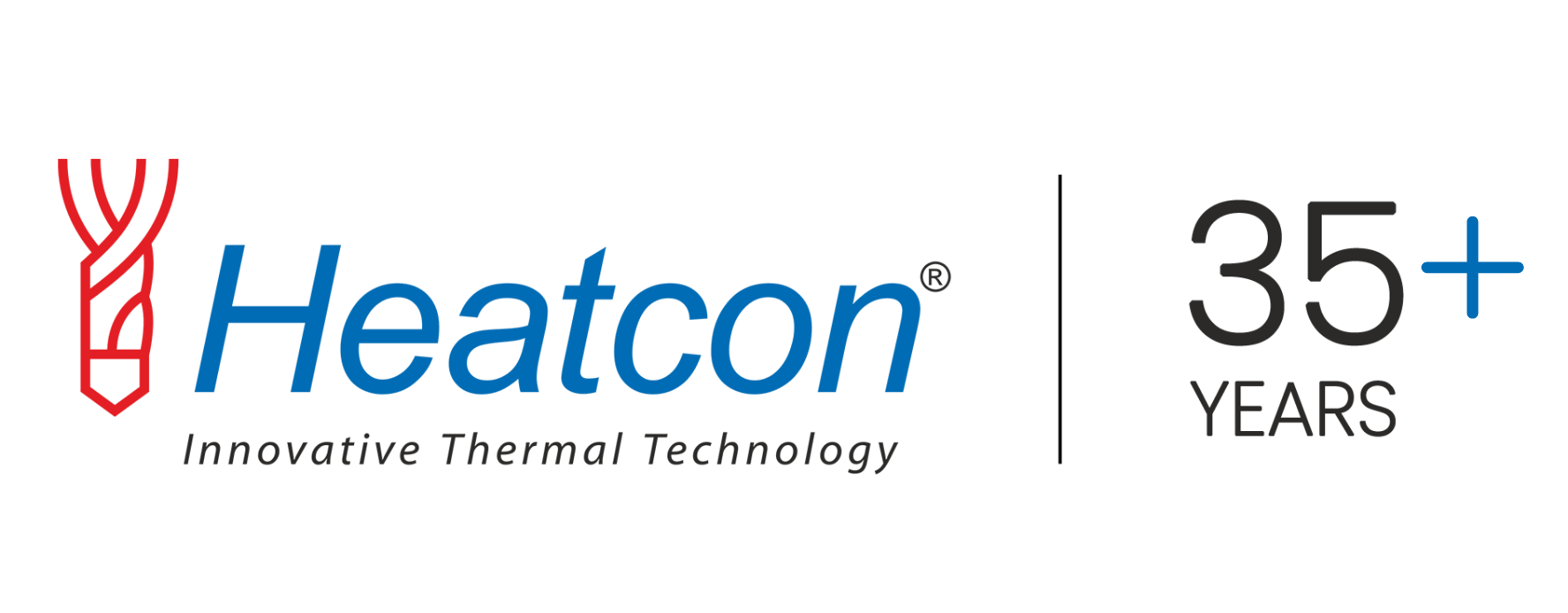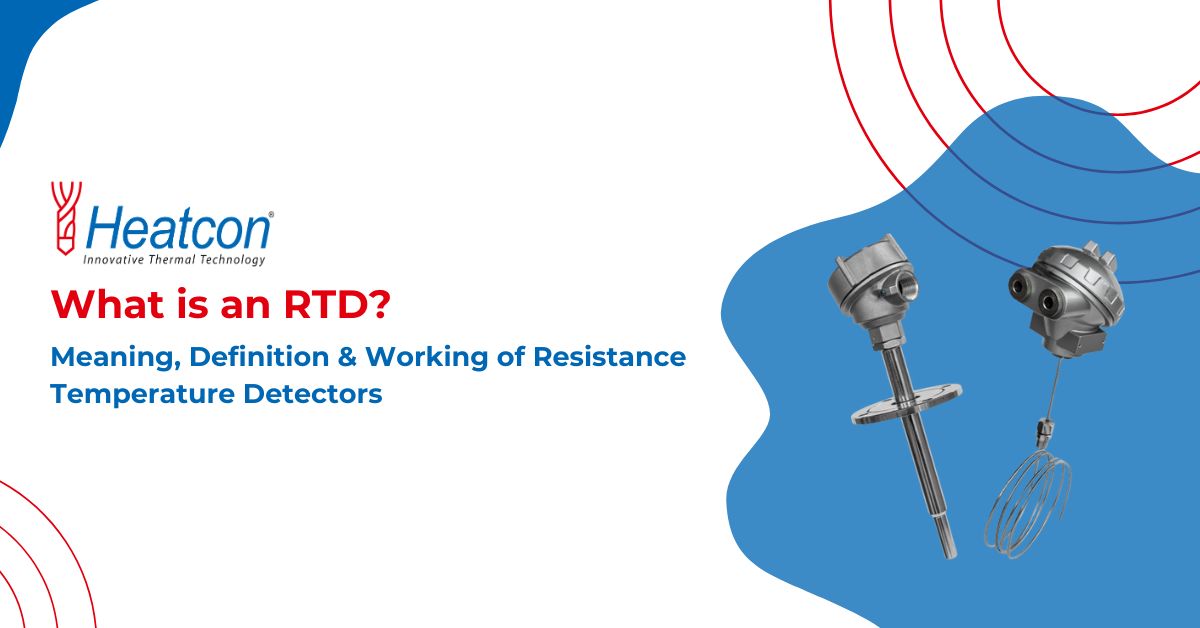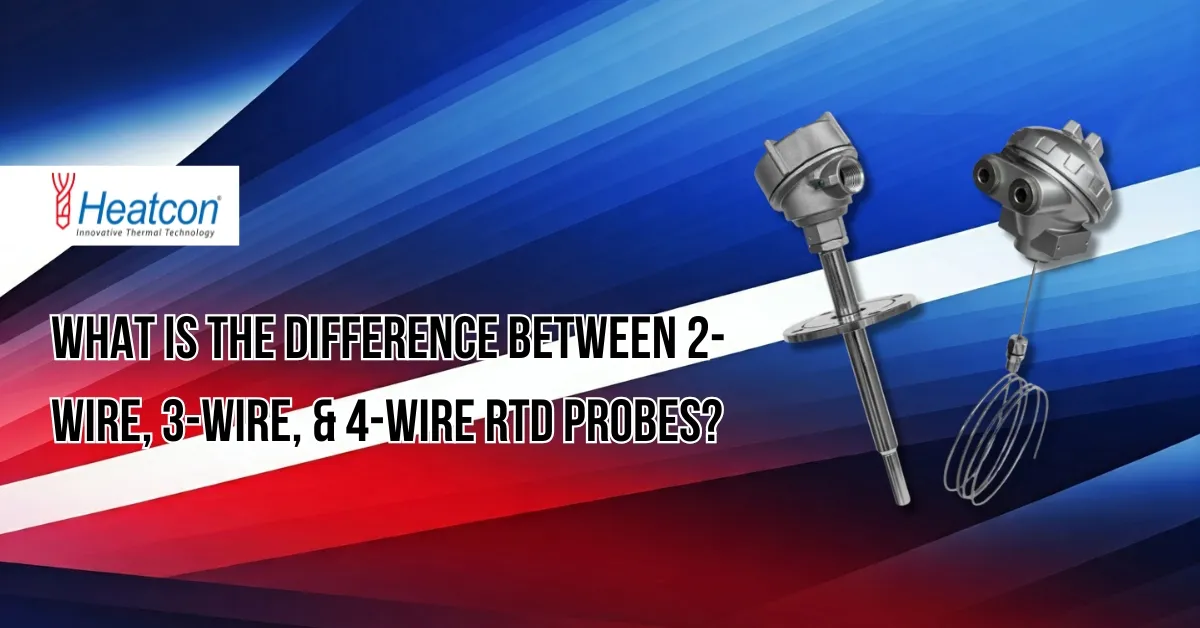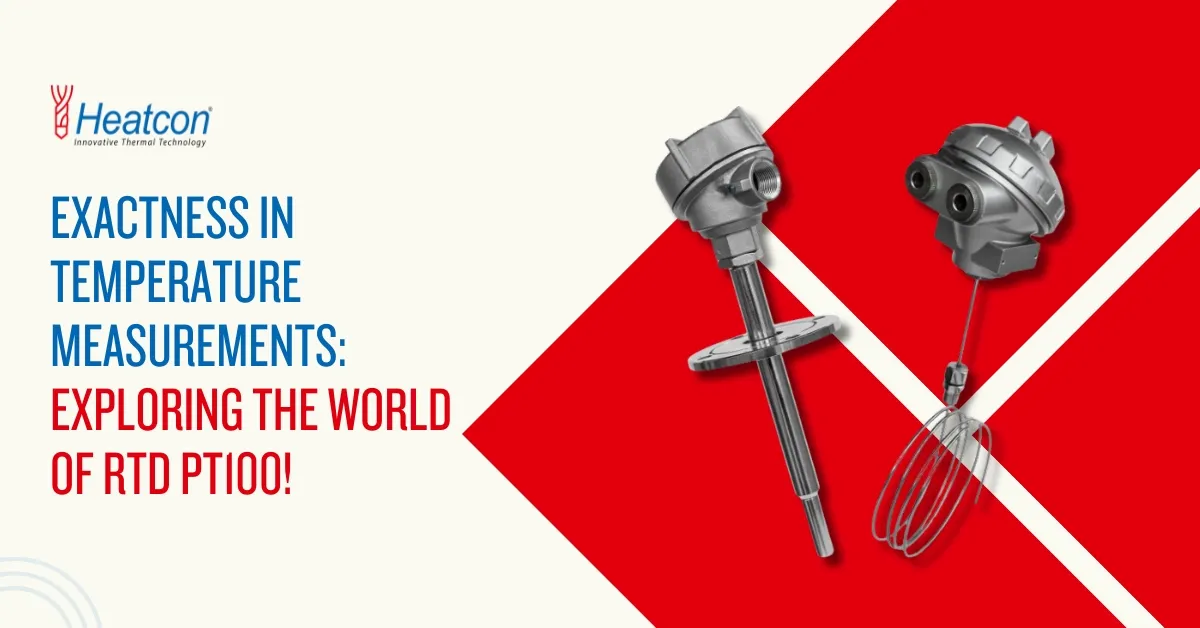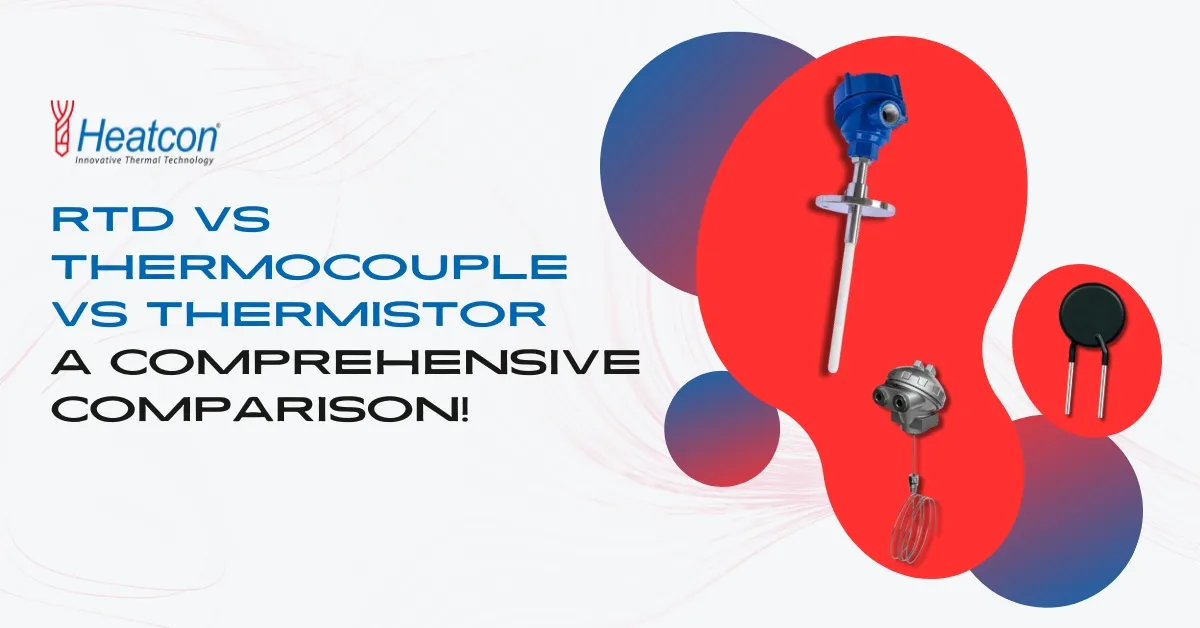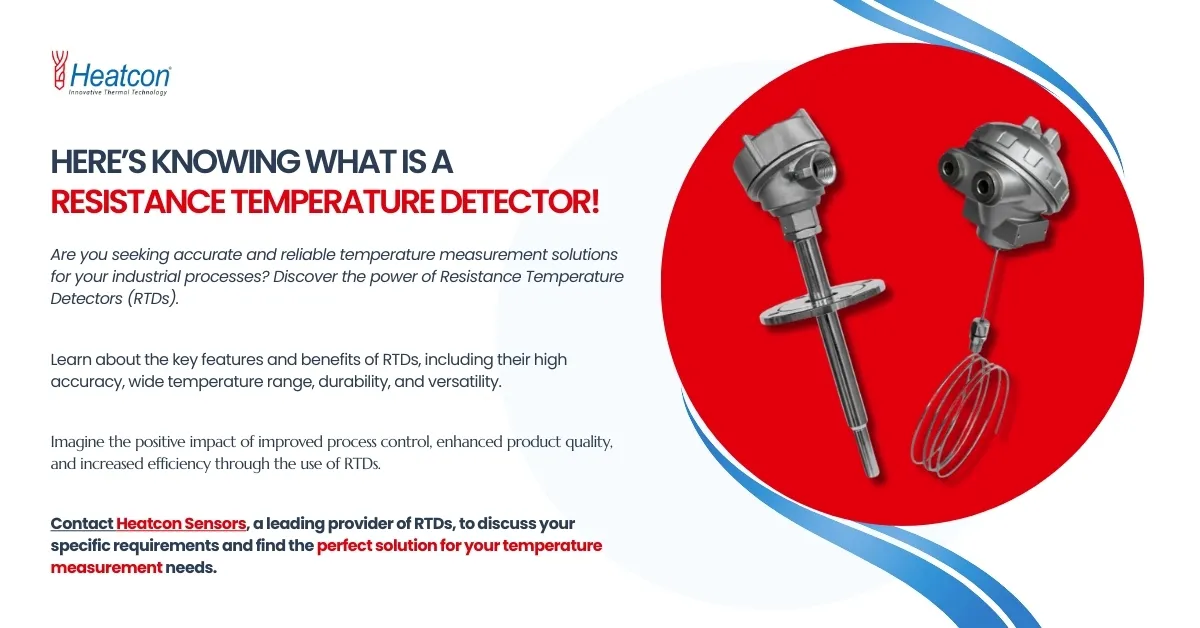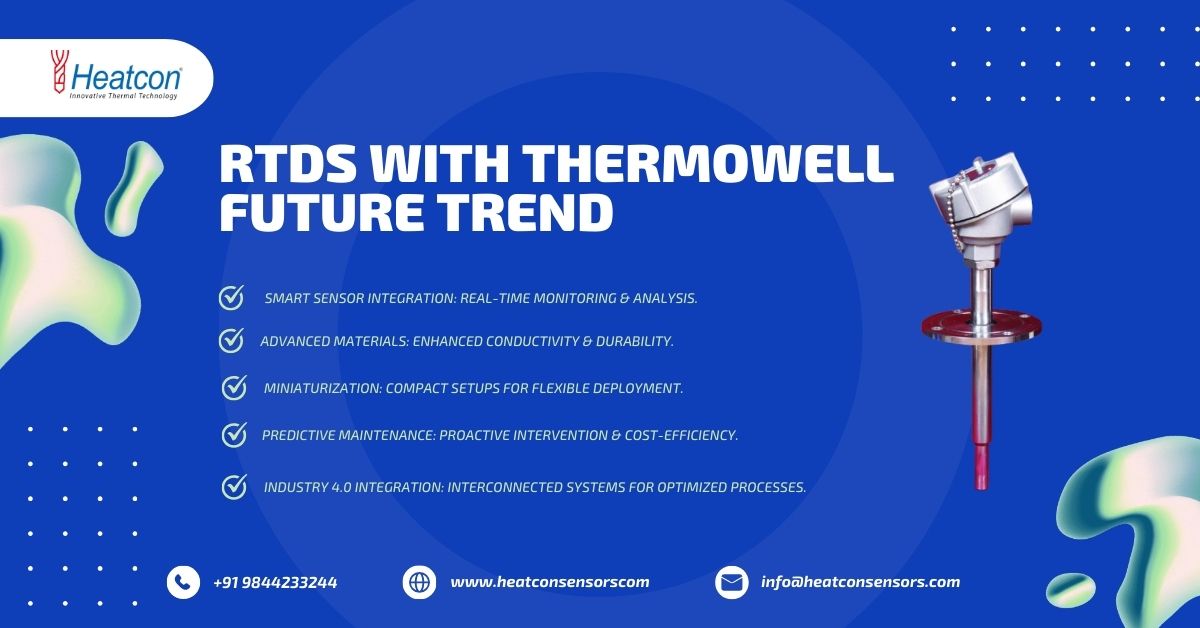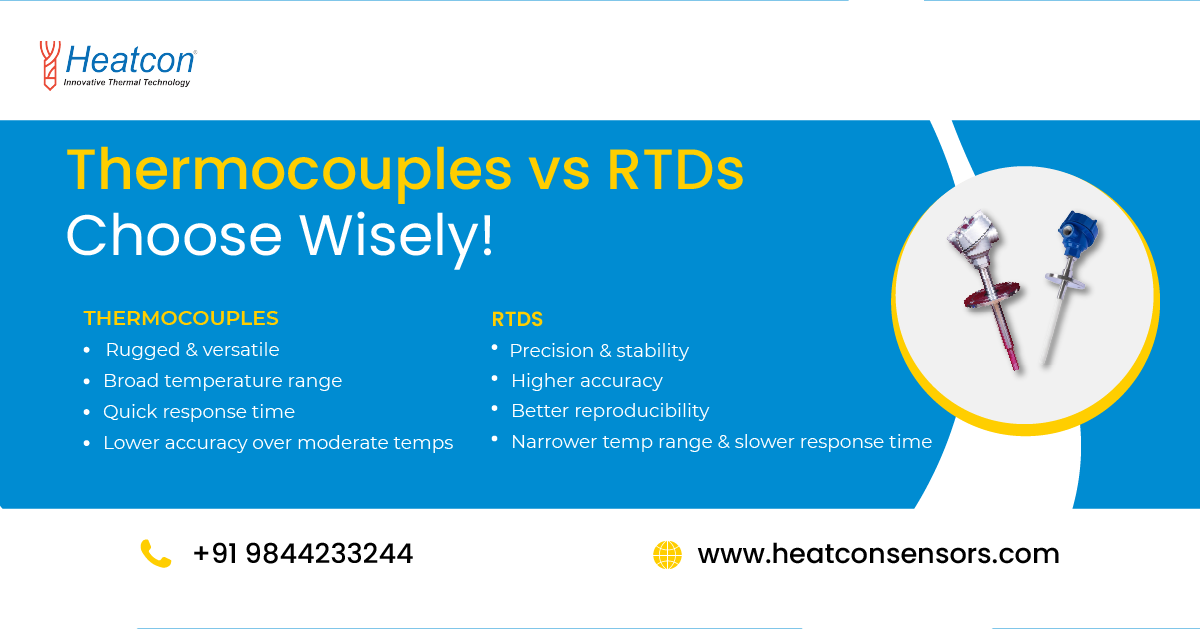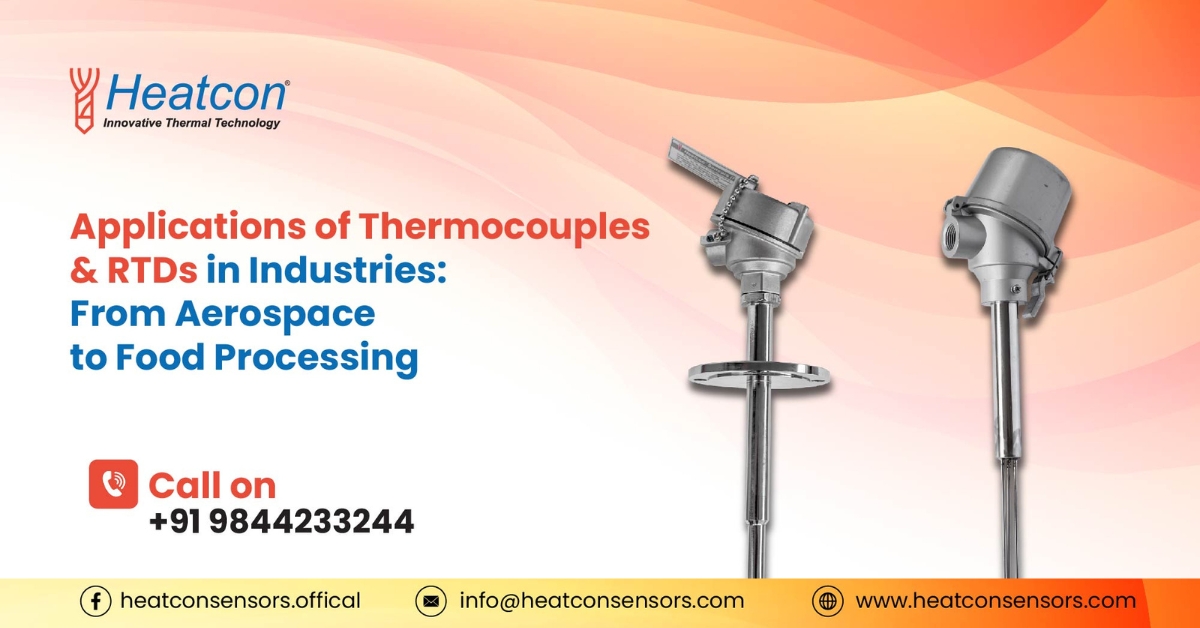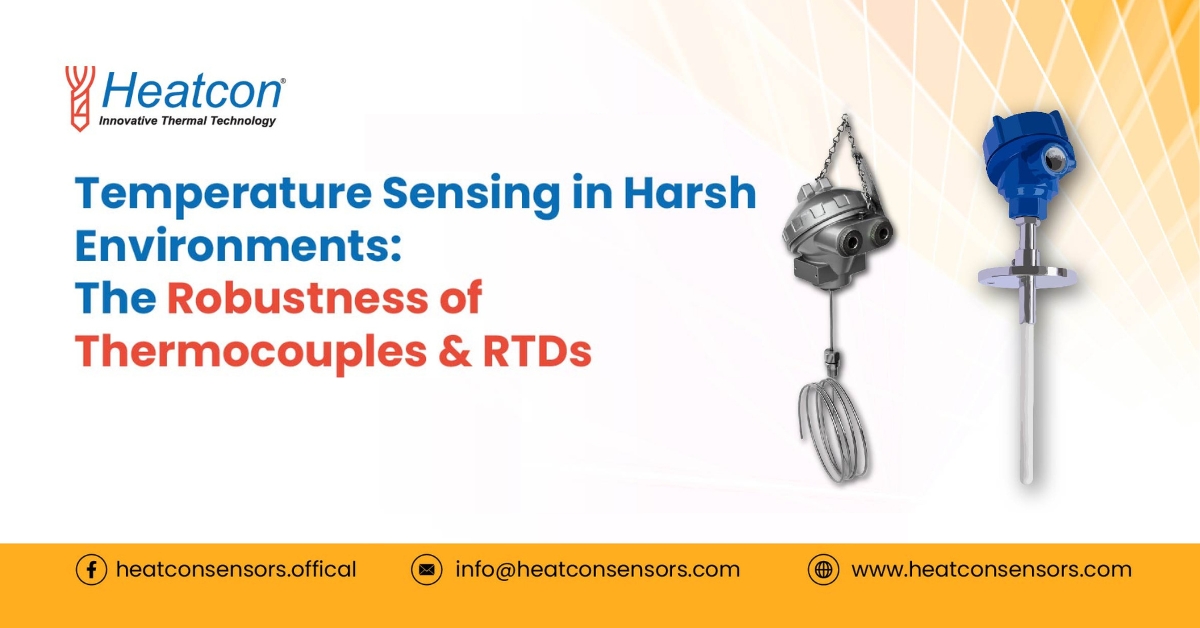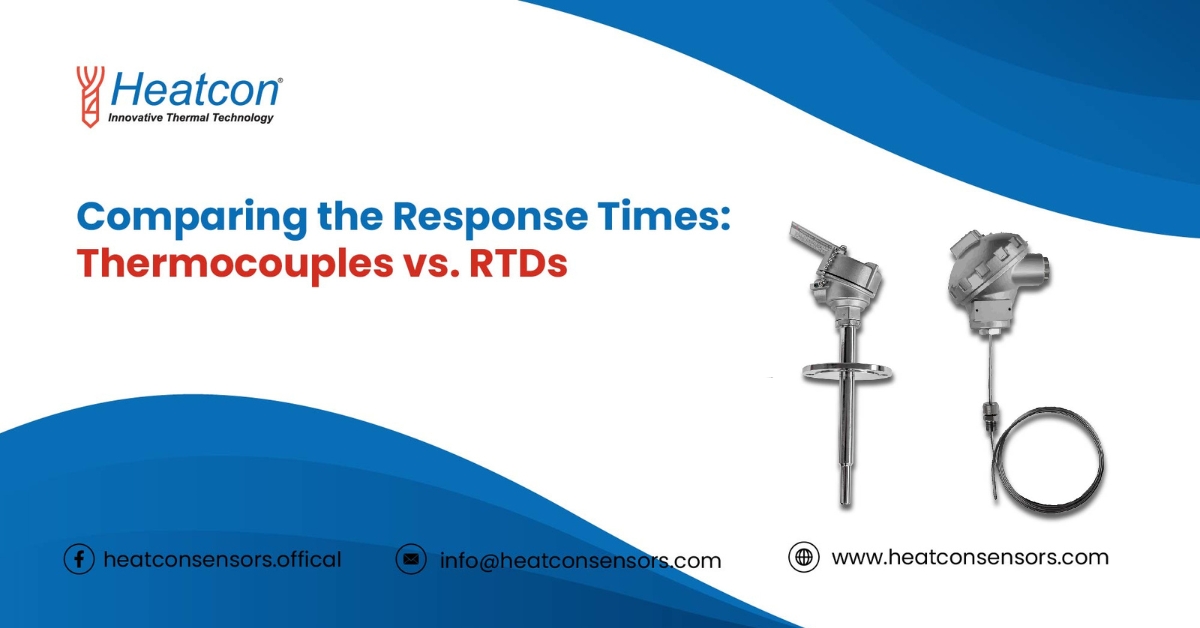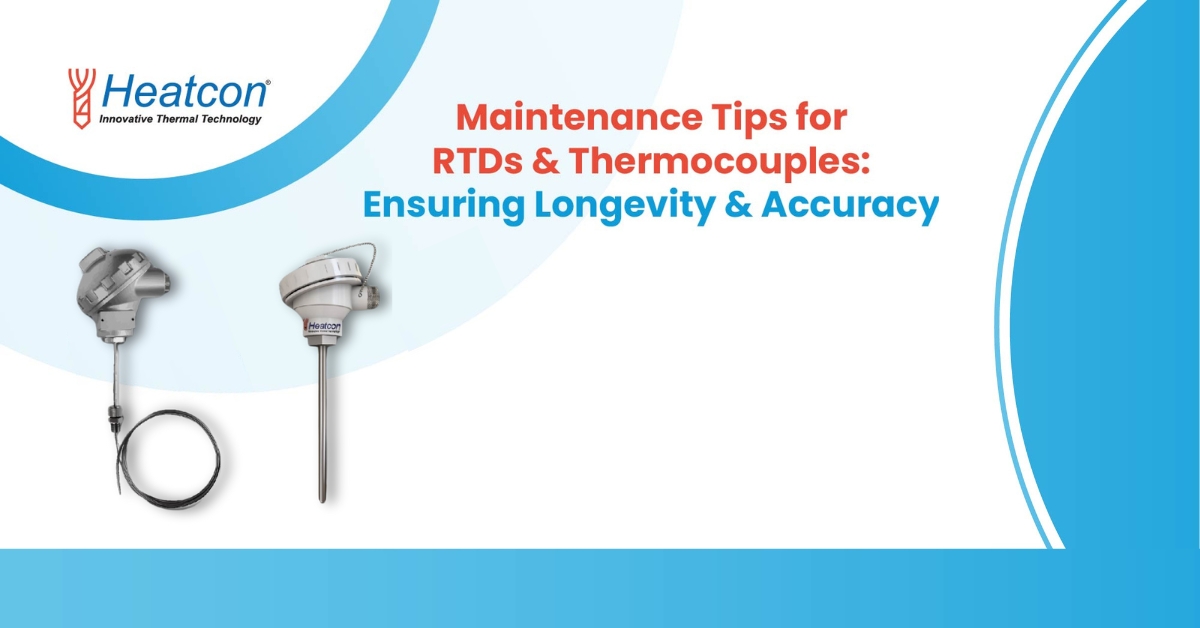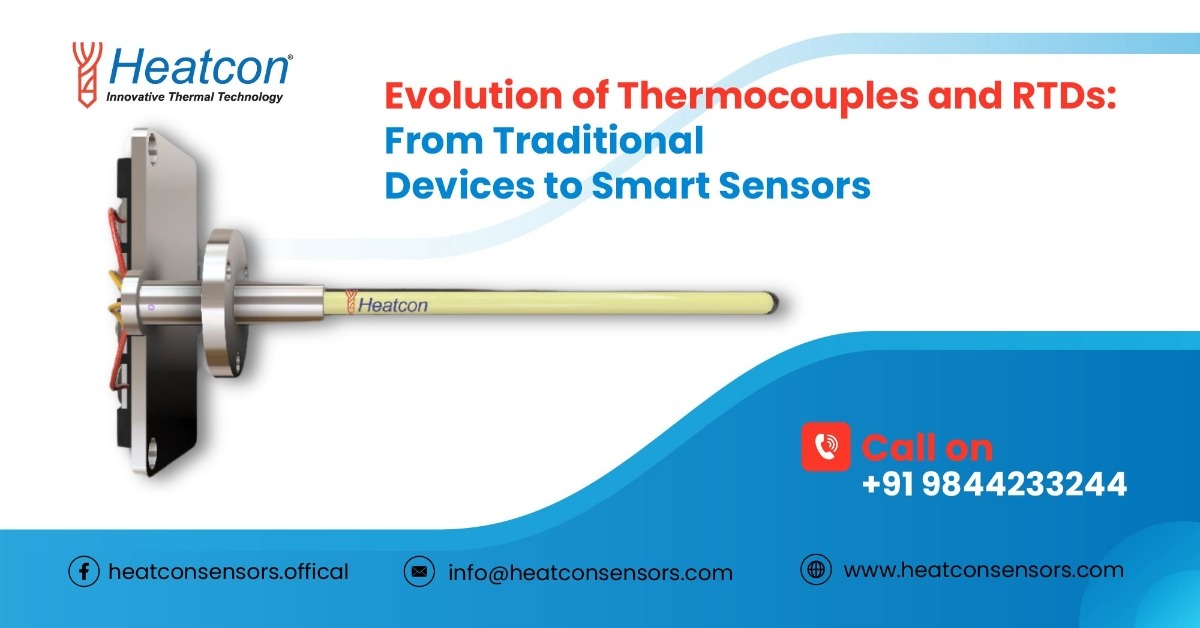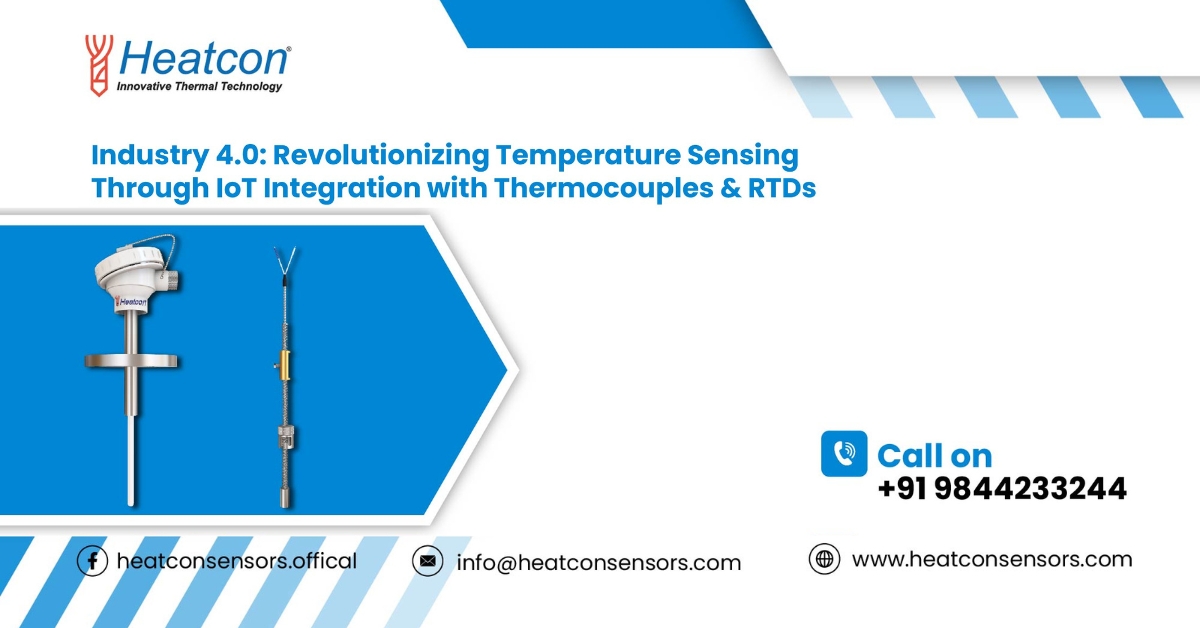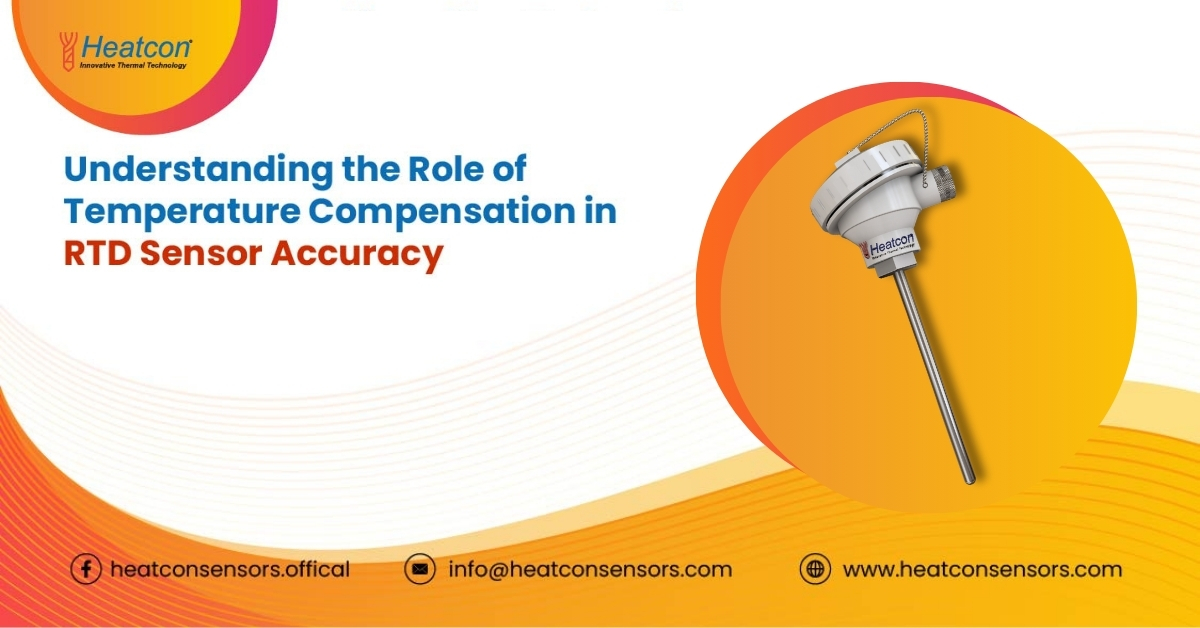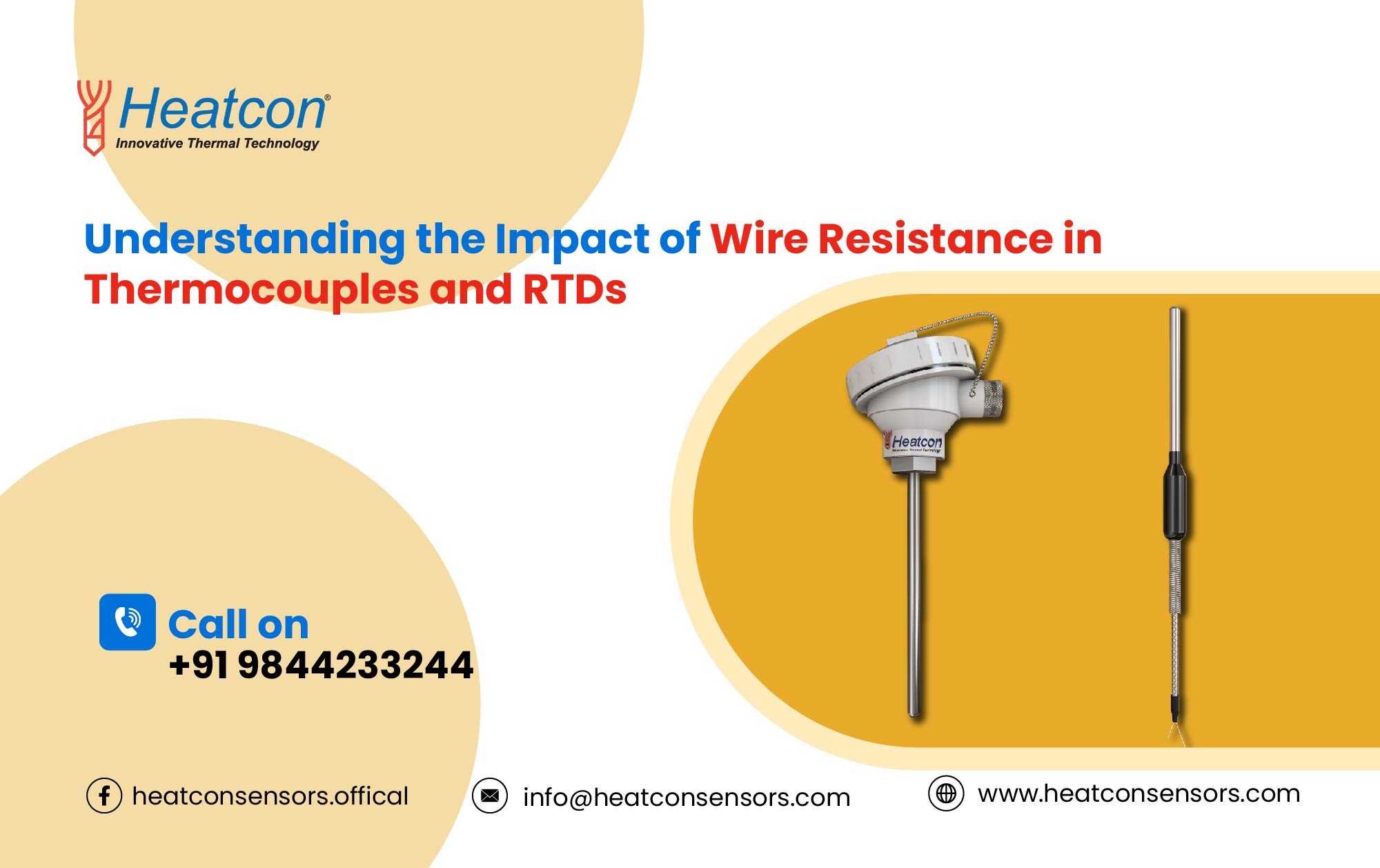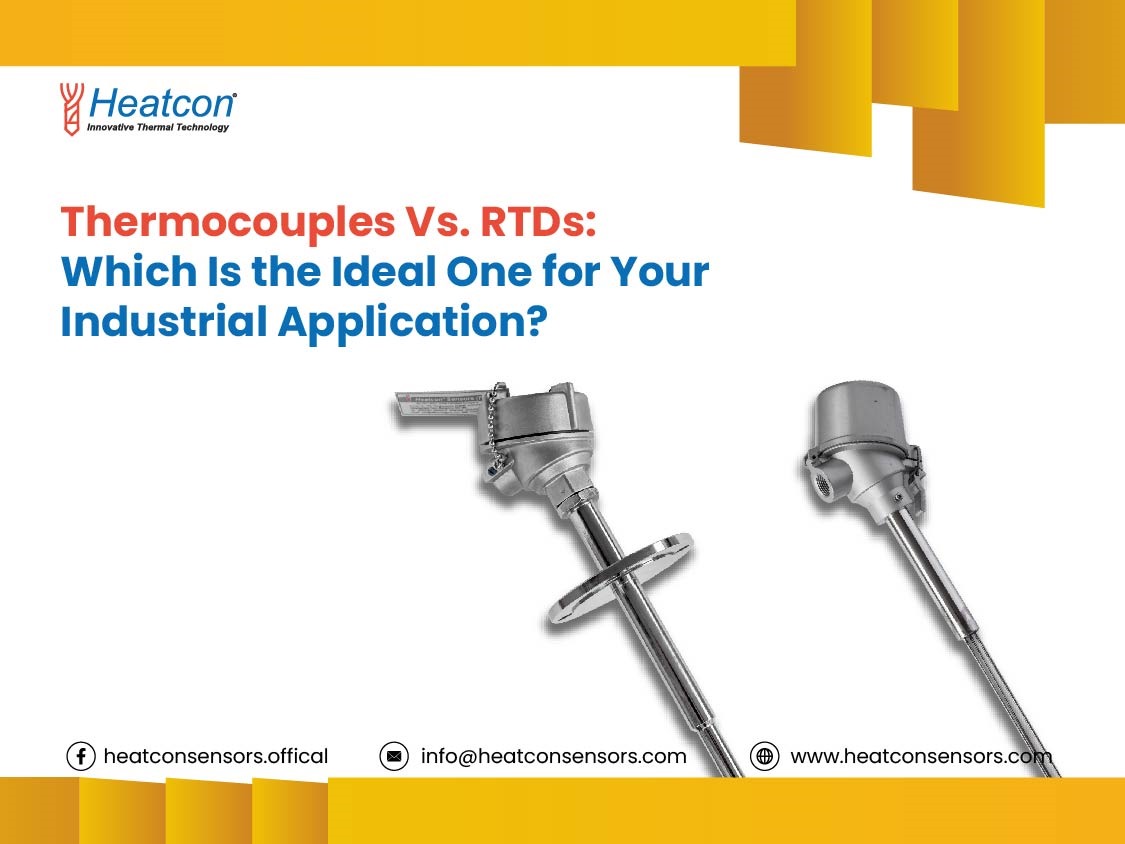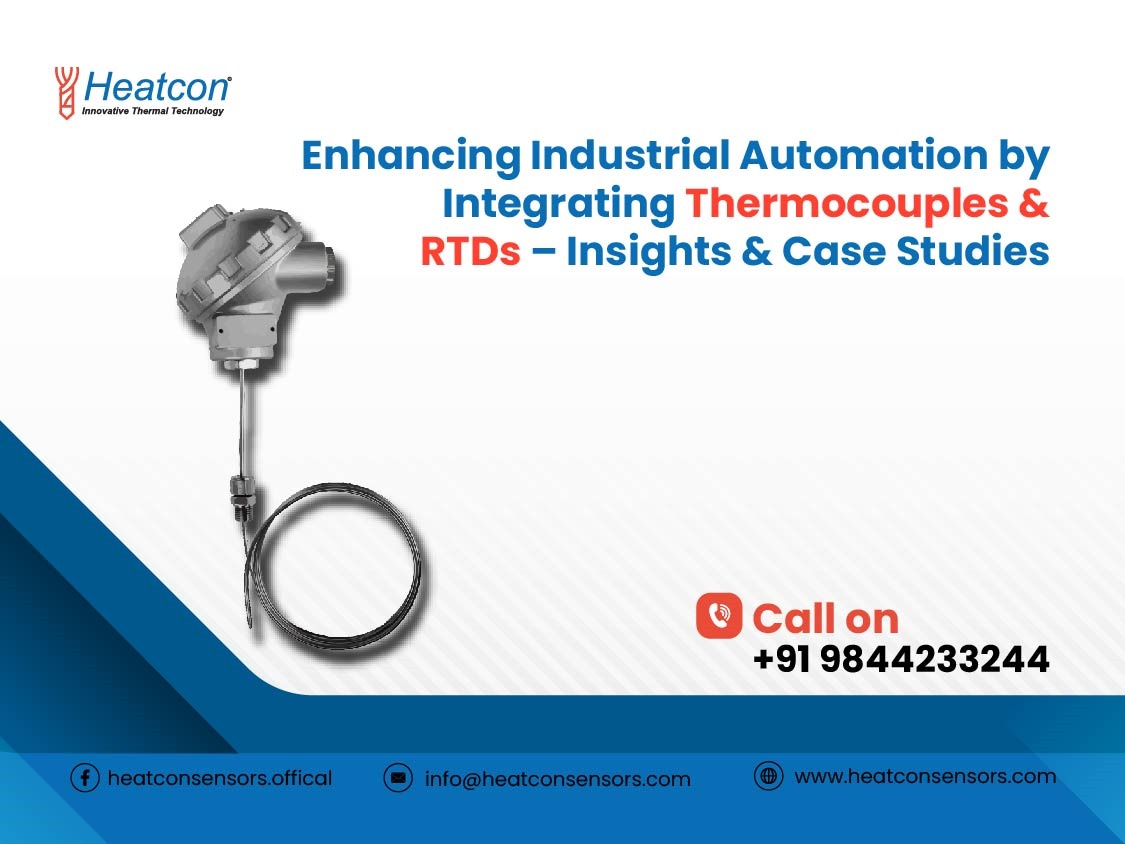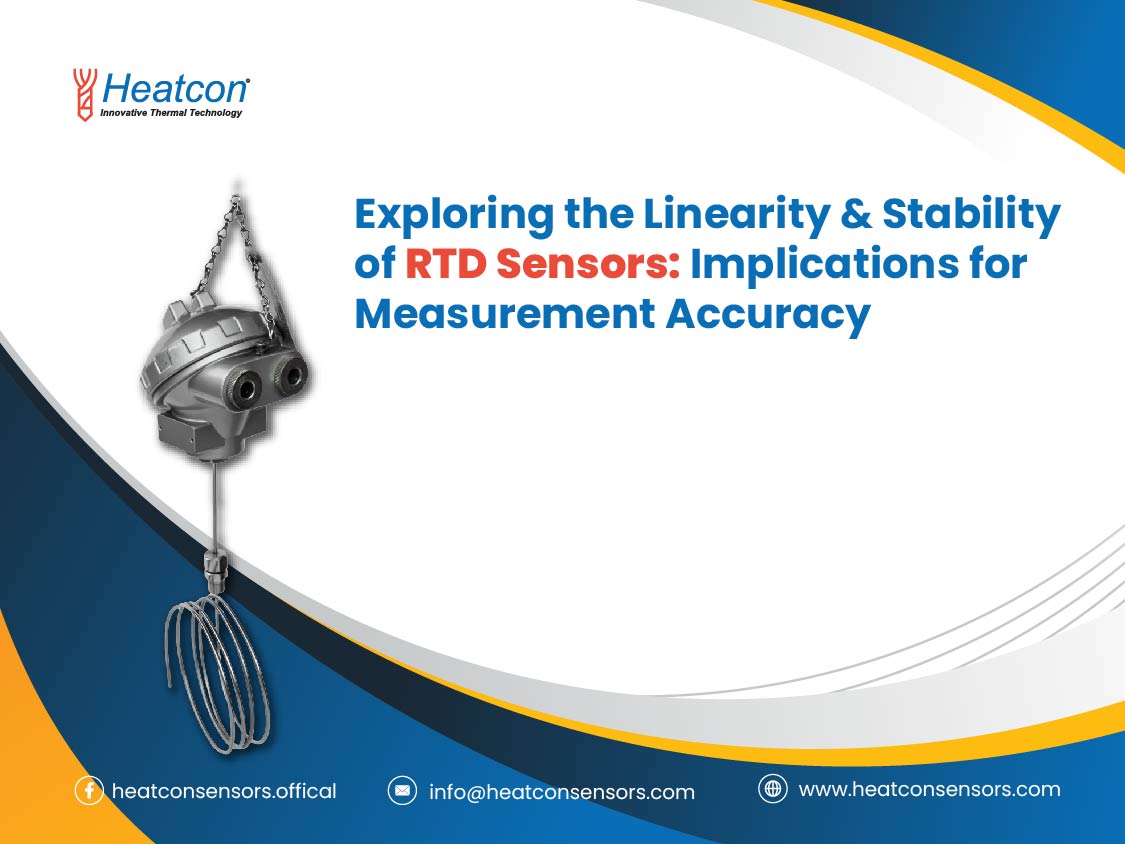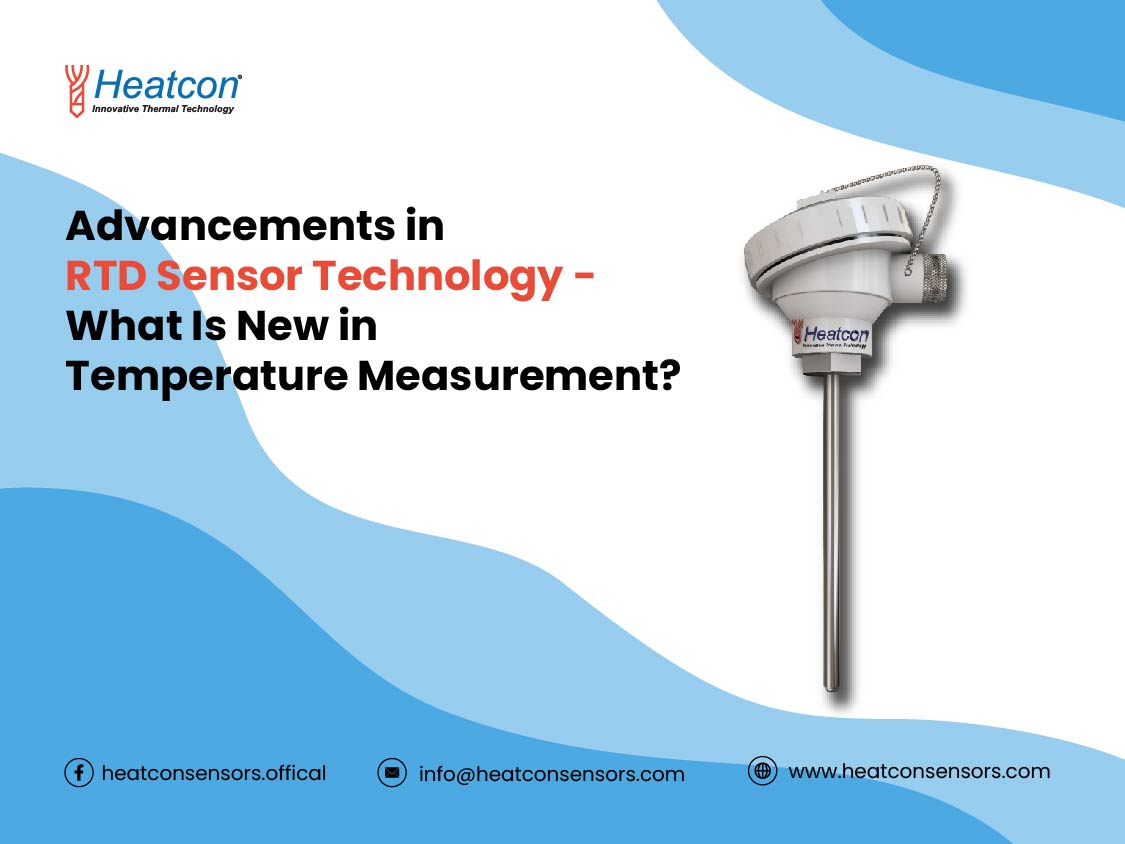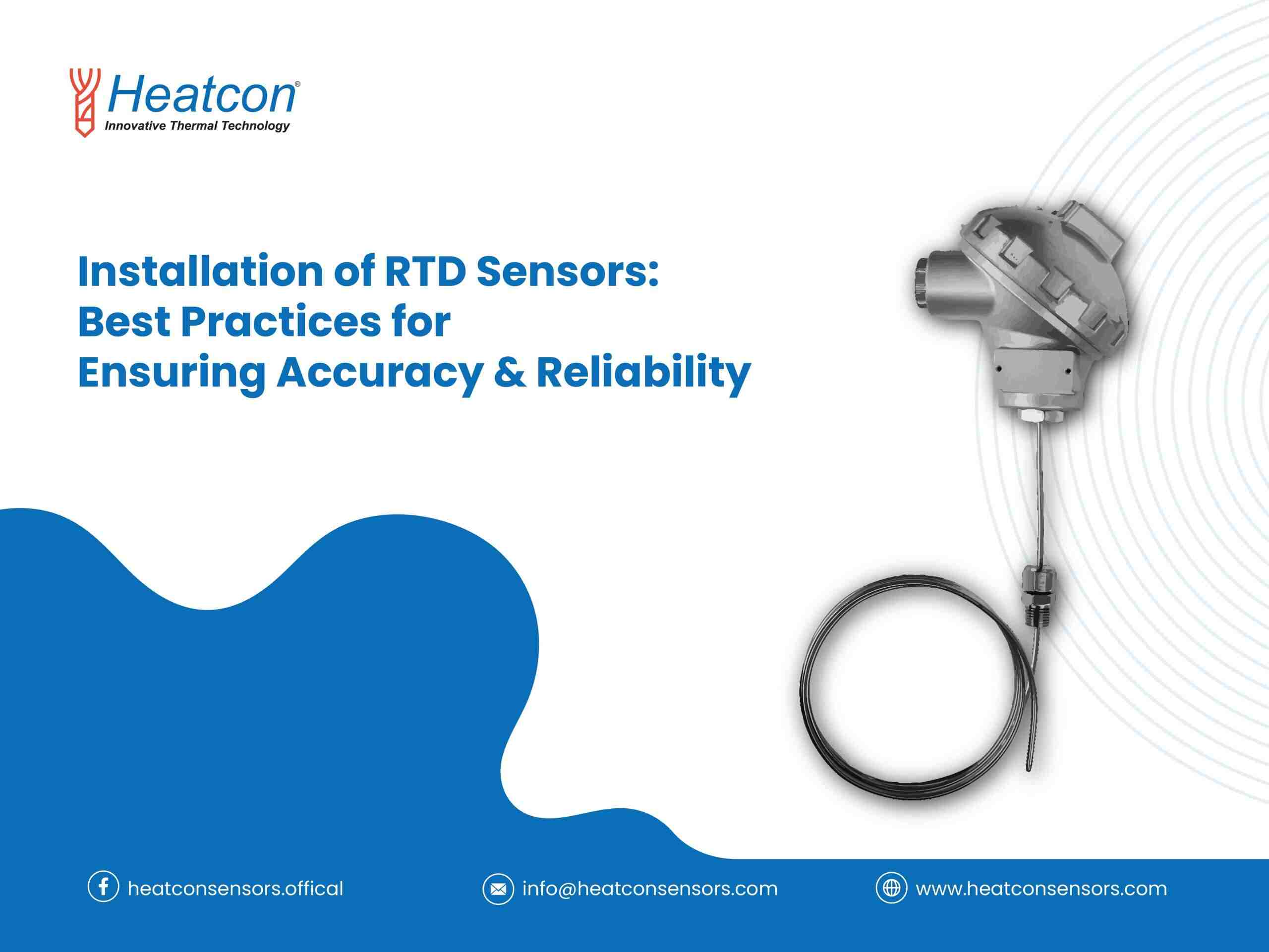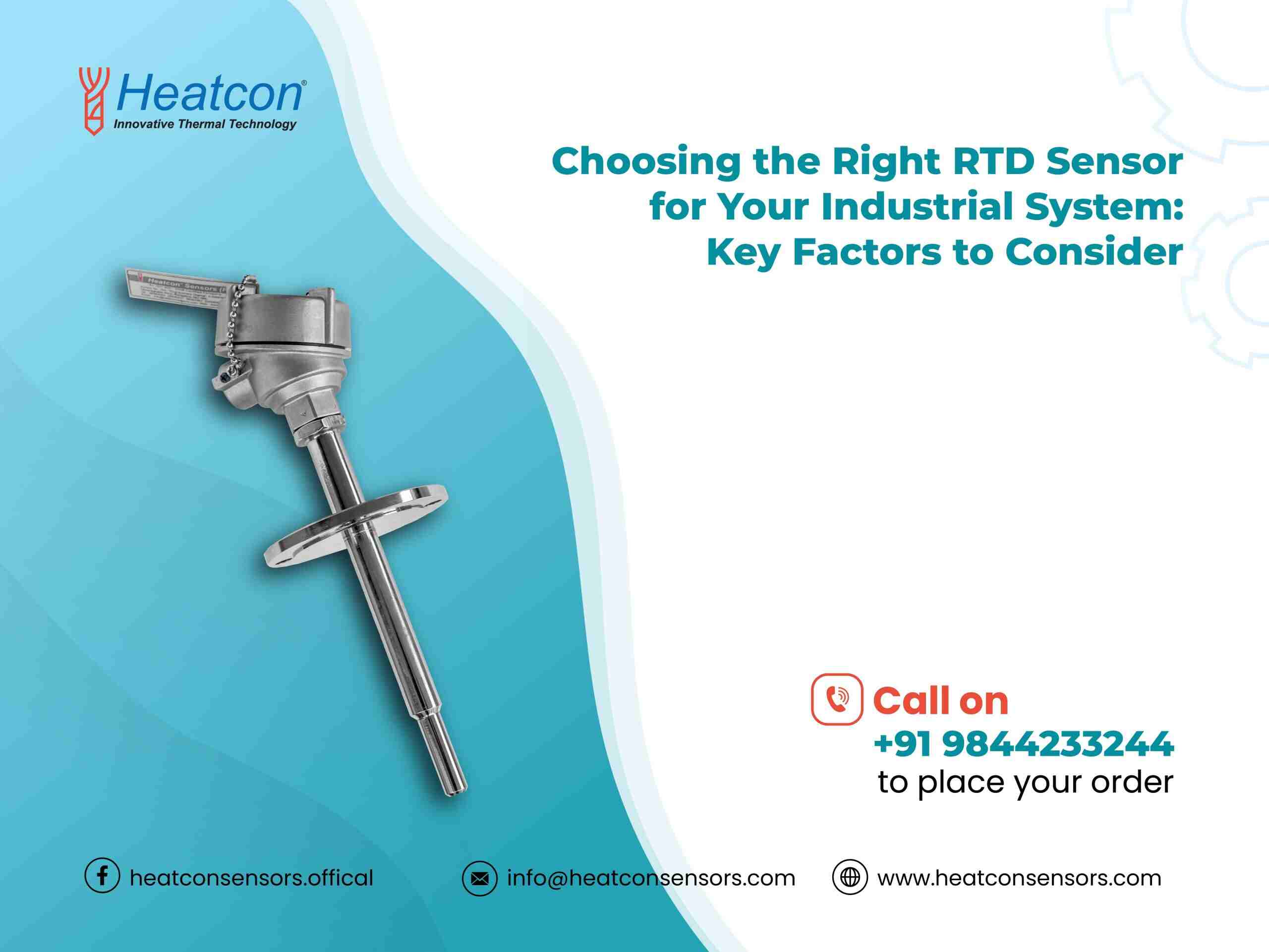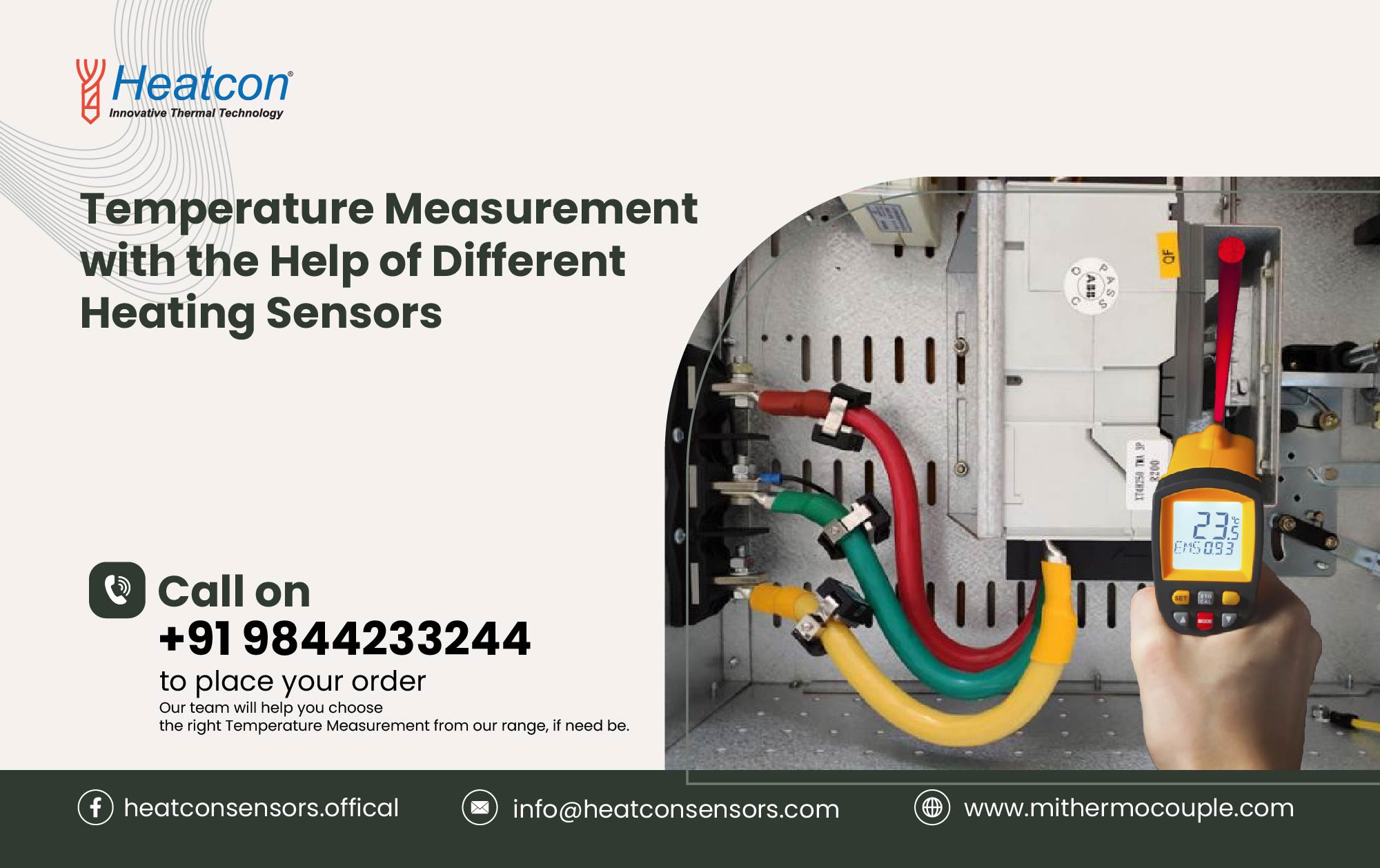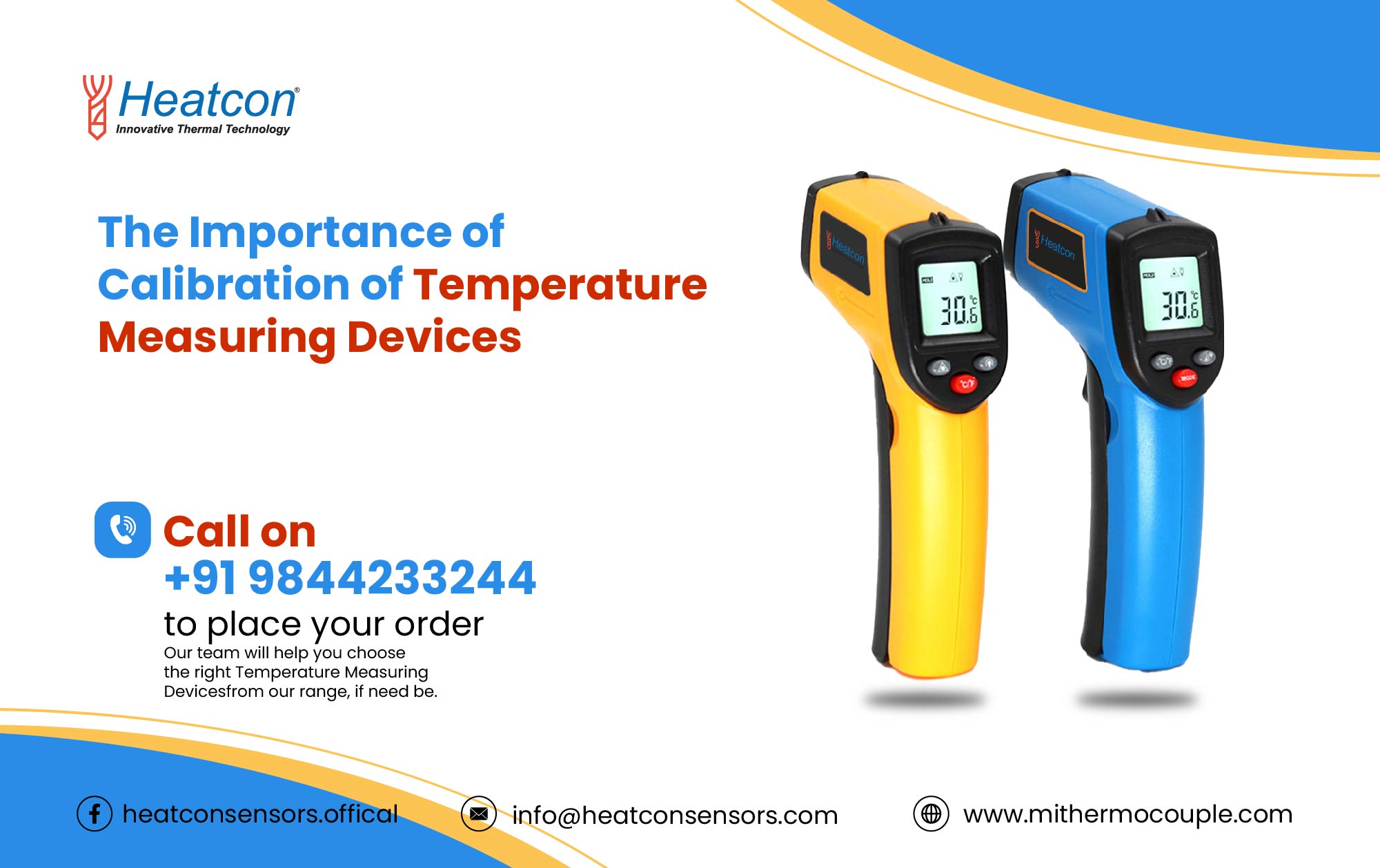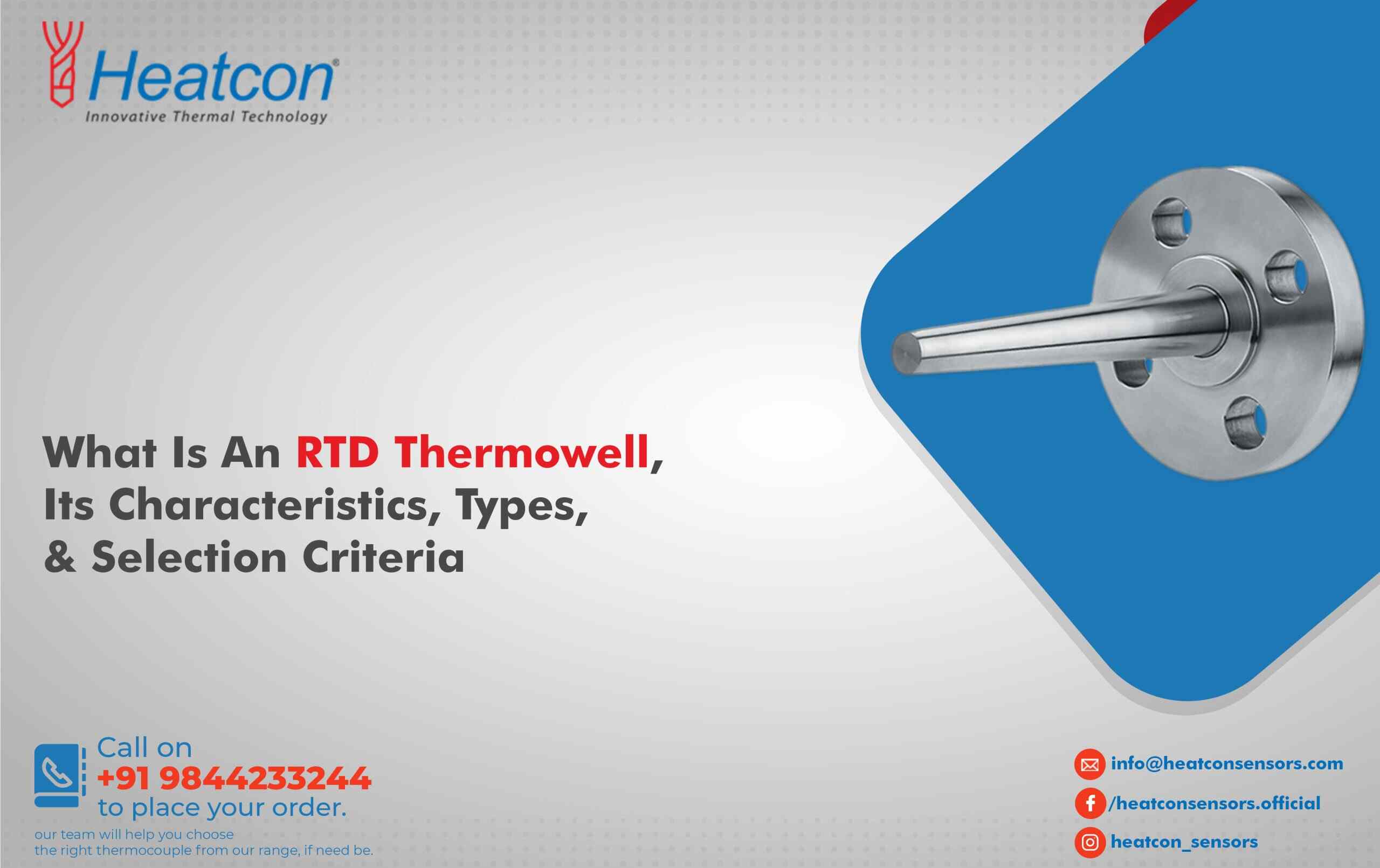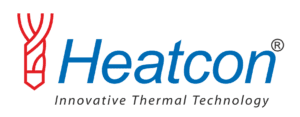In modern chemical processing environments, precise temperature measurement is critical for ensuring safety, efficiency, and product quality. Among the various technologies available, RTD probes with stainless steel head have emerged as an indispensable tool for accurate and reliable temperature monitoring. Heatcon Sensors, a leading manufacturer, specializes in designing and producing custom RTD sensors for chemical process equipment, tailored to meet the unique demands of aggressive chemical environments.
Why Choose Stainless Steel for RTD Probes?
The selection of stainless steel for RTD probes is driven by its excellent resistance to corrosion, mechanical durability, and compatibility with a wide range of chemicals. Heatcon Sensors’ chemical-grade RTD temperature sensors utilize high-quality stainless steel to ensure longevity and performance, even in the most demanding applications. These high-accuracy stainless steel RTD probes are particularly suited for chemical plants where exposure to corrosive agents is unavoidable.Applications of RTD Sensors in the Chemical Industry
Temperature monitoring plays a pivotal role in chemical processes, from maintaining reaction conditions to ensuring the integrity of the final product. Heatcon Sensors offers RTD sensors for chemical applications that are meticulously engineered to provide precise temperature readings. The corrosion-resistant RTD temperature probes are designed to withstand harsh environments, making them ideal for use in:- Chemical reactors
- Storage tanks
- Pipeline systems
- Heat exchangers
Key Features of Heatcon Sensors’ RTD Probes
Heatcon Sensors stands out as one of the premier manufacturers of RTD probes with stainless steel head for chemical processing. Their products are characterized by:- Exceptional Accuracy: The high-durability RTD sensors for aggressive chemical environments provide reliable data, essential for precise control of industrial processes.
- Superior Corrosion Resistance: The use of stainless steel ensures that the probes remain unaffected by chemicals, extending their lifespan and reducing maintenance requirements.
- Custom Design Capabilities: Heatcon Sensors specializes in creating custom RTD sensors for chemical process equipment to meet the unique specifications of each client.
Benefits of Using Heatcon Sensors’ RTD Probes
The advantages of deploying stainless steel RTD probes for temperature monitoring in chemical applications are manifold:- Improved Safety: Accurate temperature monitoring helps prevent dangerous chemical reactions caused by overheating or undercooling.
- Enhanced Efficiency: The corrosion-resistant RTD temperature probes for chemical plants ensure consistent performance, reducing downtime and operational costs.
- Long-Term Cost Savings: The durability of these probes minimizes the frequency of replacements and maintenance expenses.
Customization Options with Heatcon Sensors
Every chemical processing facility has unique requirements, which is why Heatcon Sensors provides custom RTD sensors for chemical process equipment. From selecting the appropriate stainless steel grade to designing probes with specific dimensions, their expert team collaborates with clients to deliver solutions that align perfectly with operational needs.To Summarize
For industries seeking reliable and precise temperature monitoring, RTD probes with stainless steel head offer unparalleled performance. Heatcon Sensors, with its expertise in manufacturing chemical-grade RTD temperature sensors and other customized solutions, stands as a trusted partner in advancing chemical processing technologies. Whether you require high-accuracy stainless steel RTD probes or specialized designs for aggressive environments, Heatcon Sensors delivers quality and innovation to meet the challenges of the chemical industry.FAQ: High-Accuracy RTD Probes with Stainless Steel Head for Chemical Applications
1. What are RTD probes with stainless steel head?
RTD probes with stainless steel head are precision-engineered temperature sensors designed to provide accurate and reliable readings in challenging environments. The stainless steel construction offers superior corrosion resistance and durability, making them ideal for use in the chemical industry.
2. Why are chemical-grade RTD temperature sensors important?
Chemical-grade RTD temperature sensors are specifically designed to withstand the harsh conditions found in chemical processing environments. These sensors ensure precise temperature measurement while maintaining their structural integrity in the presence of aggressive chemicals.
3. What applications require RTD sensors for chemical applications?
RTD sensors for chemical applications are used in various critical processes, including:
– Monitoring reaction temperatures in chemical reactors
– Controlling heating and cooling systems in storage tanks
– Ensuring temperature stability in pipeline systems
– Overseeing operations in heat exchangers
– Monitoring reaction temperatures in chemical reactors
– Controlling heating and cooling systems in storage tanks
– Ensuring temperature stability in pipeline systems
– Overseeing operations in heat exchangers
4. What makes high-accuracy stainless steel RTD probes superior?
High-accuracy stainless steel RTD probes offer unparalleled precision and reliability. Their advanced design minimizes measurement errors, ensuring accurate temperature readings even in fluctuating chemical environments. These probes are particularly beneficial in maintaining stringent process control.
5. How do corrosion-resistant RTD temperature probes benefit chemical plants?
Corrosion-resistant RTD temperature probes are essential for long-term performance in chemical plants. By resisting damage from corrosive agents, these probes reduce maintenance costs and ensure continuous operation, thereby enhancing the efficiency of chemical processing systems.
6. Why choose Heatcon Sensors as manufacturers of RTD probes with stainless steel head for chemical processing?
Heatcon Sensors stands out as one of the leading manufacturers of RTD probes with stainless steel head for chemical processing. Their commitment to quality and innovation ensures that every sensor meets the rigorous demands of the industry. With extensive customization options and a proven track record, Heatcon Sensors is a trusted partner for chemical facilities worldwide.
7. What makes corrosion-resistant RTD temperature probes for chemical plants unique?
Corrosion-resistant RTD temperature probes for chemical plants are crafted to endure extreme chemical exposures without degradation. Their robust construction guarantees consistent performance, making them indispensable in maintaining operational safety and efficiency.
8. How do high-durability RTD sensors for aggressive chemical environments improve process reliability?
High-durability RTD sensors for aggressive chemical environments are built to last in the most challenging conditions. Their resistance to wear and tear minimizes downtime and ensures reliable performance, which is critical for maintaining the integrity of chemical processes.
9. What are the advantages of using stainless steel RTD probes for temperature monitoring in chemical applications?
Stainless steel RTD probes for temperature monitoring in chemical applications combine accuracy, durability, and corrosion resistance. These features make them ideal for ensuring process stability and product quality in the chemical industry.
10. Does Heatcon Sensors provide custom RTD sensors for chemical process equipment?
Yes, Heatcon Sensors specializes in designing and manufacturing custom RTD sensors for chemical process equipment. Their expert team collaborates closely with clients to create tailored solutions that meet specific operational requirements, ensuring optimal performance and reliability.
